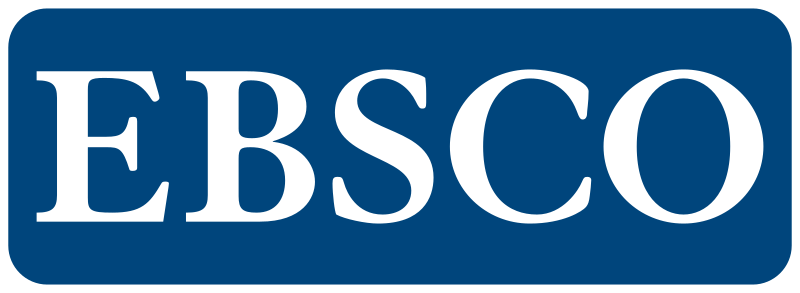Implementation of the lean healthcare model methodology in the admission and billing process in an ophthalmology clinic in the city of Santiago de Cali
Implementación de la metodología lean healthcare model en el proceso de admisión y facturación en una clínica de oftalmología de la ciudad de Santiago de Cali
Main Article Content
In response to inefficiencies in administrative care for patients and long waiting times, this research focuses on improving processes and operations in an ophthalmology clinic in the city of Santiago de Cali. First, the attention capacity and the demand received by each of the reception, admission and billing boxes were analyzed, the result of which suggests improving the efficiency of their sub-processes and activities. Second, the organization, physical distribution, response capacity and efficiency of the boxes were evaluated. Third, through the Lean Healthcare philosophy, the value chain flow map (VSM), its waste (mudas), variability (muras) and overload (muri) were identified so that possible improvements were formulated. The objective of being more efficient is based on reducing the cycle time of the entire process by providing the best service that includes admission and billing for each patient who is seen daily by the ophthalmology clinic. It is concluded that the proposed Lean Healthcare principles allow improving the lead time for the processes studied, making the service provided more efficient and improving the image of the clinic in front of its clients. The research was carried out in an ophthalmology clinic, which is a leader in integrated services, providing its users with highly specialized solutions in the ophthalmological field.
Downloads
Article Details
Asensi, F. (2017). Lean Manufacturing: Indicadores clave de desempeño para gestionar de manera eficiente la mejora continua. CreateSpace Independent Publishing Platform.
Bertani, T. M. (2012). Lean Healthcare: Recomendações para implantações dos conceitos de produção enxuta em ambientes hospitalares. Revista de Administração de Empresas, 58, 1, 30-43.
Correa, H. L., & Correa, C. A. (2009). Administração de produção e operações: manufatura e serviços: uma abordagem estratégica. Sao Paulo: Atlas.
Graban, M. (2009). Lean hospitals: improving quality, patient safety, and employee satisfaction. New York: CRC Press.
Henrique, D. B. (2014). Modelo de mapeamento de fluxo de valor para implantações de lean em ambientes hospitalares: proposta e aplicação. Universidade de São Paulo, 33-38.
Hines, P., & Taylor, D. (2000). Going lean: a guide to implementation. Cardiff: Lean Enterprise Research Centre Cardiff Business School.
Krafcik, J. F. (1988). Triumph of the lean production system. Sloan Management Review, 30,1, 41-52.
Liker, J., & Meier, D. (2007). O Modelo Toyota-Manual de Aplicação: Um Guia Prático para a Implementação dos 4Ps da Toyota. Porto Alegre: Bookman Editora.
Ohno, T. (1991). El Sistema De Produccion Toyota. Productivity Pr.
Rother, M., & Shook, J. (2003). Aprendendo a enxergar: mapeando o fluxo de valor para agregar valor e eliminar o desperdício. Sao Paulo: Lean Institute Brasil.
Socconini, L. (2019). Lean Manufacturing Paso a Paso. Valencia: ICG Marge.
Souza, L. B. (2009). Trends and approaches in Lean Healthcare. Leadership in Health Services. Leadership in Health Services, 22, 2, 121-139. DOI: https://doi.org/10.1108/17511870910953788
Womack, J. P., & Jones, D. T. (2010). Lean thinking: banish waste and create wealth in your corporation. New York: Simon and Schuster.
Womack, J. P., Byrne, A., Flume, O., Kaplan, G., & Toussaint, J. (2005). Going lean in health care. Institute for Healthcare Improvement, 1-20.
Womack, J. P., Jones, D. T., & Roos, D. (1990). Machine that changed the world. New York: Simon and Schuster.



 Perfil Google Scholar
Perfil Google Scholar







